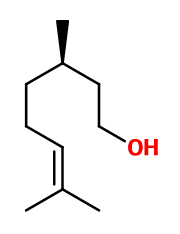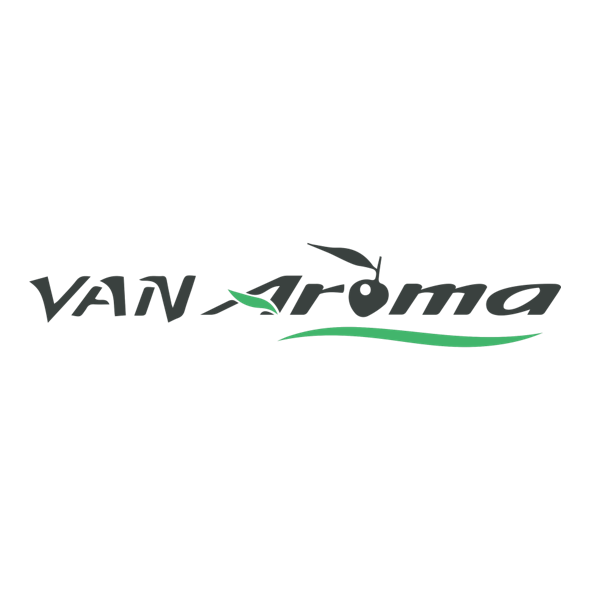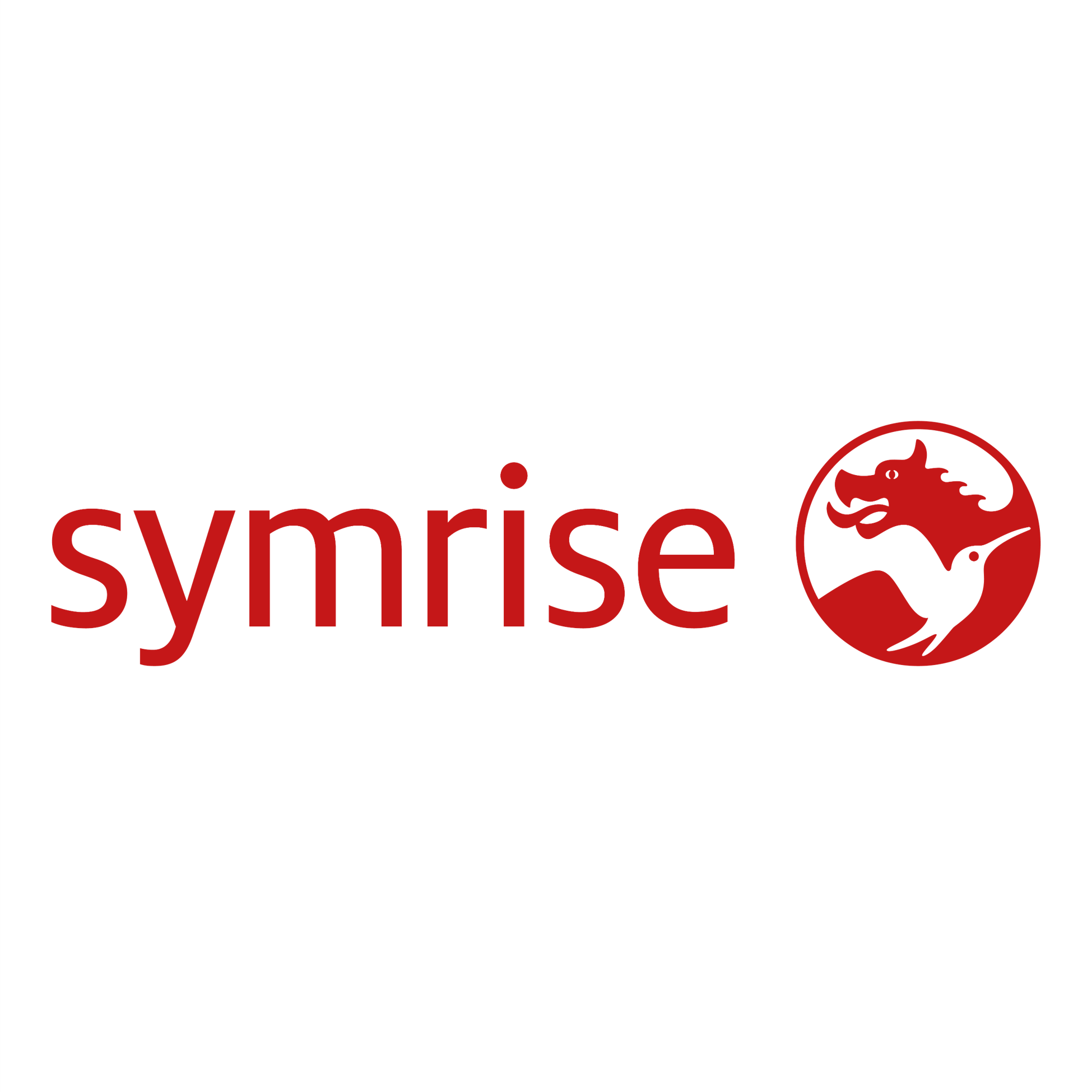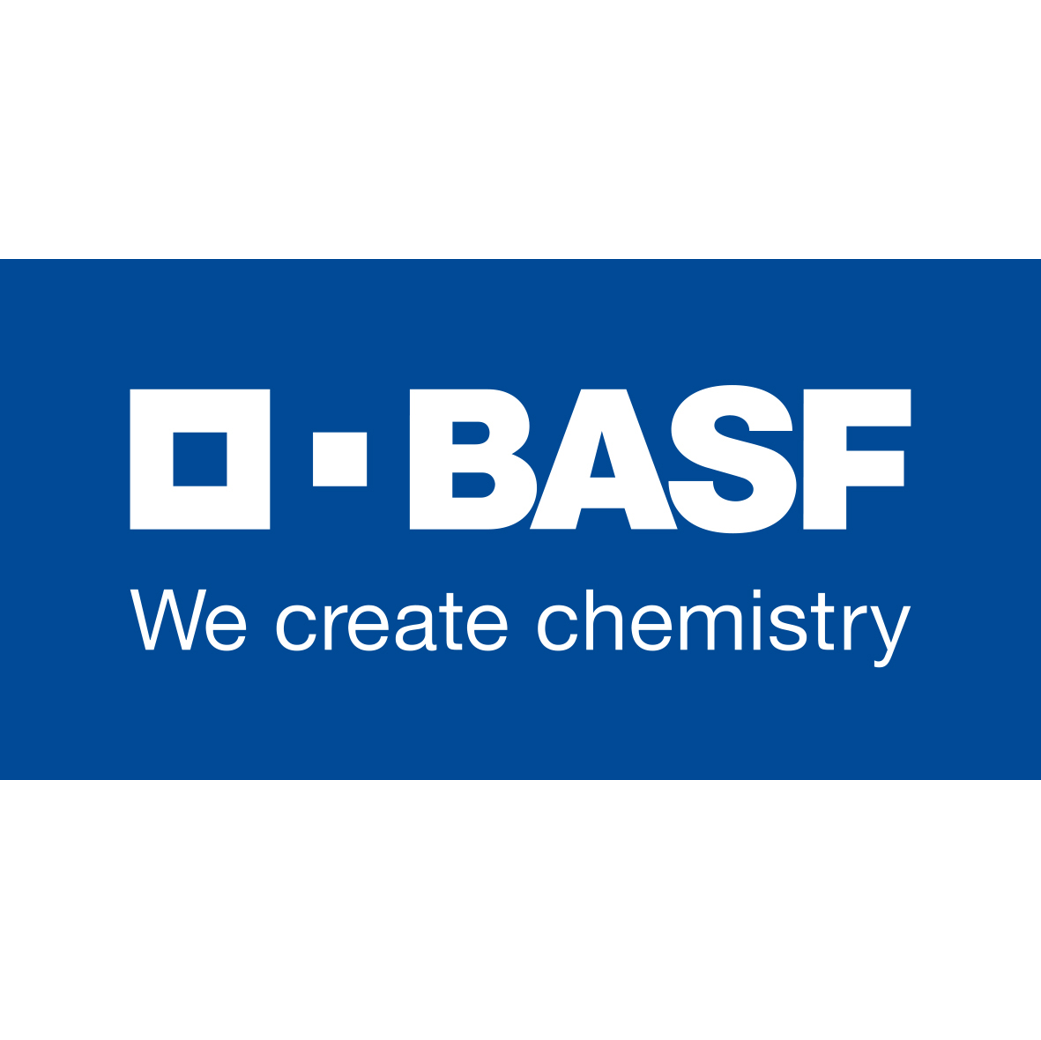Citronellol
Naturelle - Synthétique
Floral > Rosy > Fresh Flowers

Crédits photo: ScenTree SAS
Other names :
3,7-dimethyloct-6-enol ; Elenol ; 3,7-dimethyloct-6-en-1-ol
Volatility :
Heart
Uses in perfumery :
Citronellol is used in reconstitutions of rose and in citrus notes. Often provides an olfactory base for detergents. Used in soaps and home care products for its stability.
Natural availability :
Citronellol is present in many plants. It can mainly be extracted from Boronia citriodora (up to 80% of (+) - Citronellol) or Eucalyptus citriodora (from 15 to 20% of (+) - Citronellol). The laevorotatory isomer is more present in Damask Rose EO (and other roses) and Geranium EO. The extracts of all these plants allow to obtain Citronellol in its natural state.
Year of discovery :
Data not available.
Other comments :
Citronellol is also used in the composition of Rhodinol, extractable from Geranium EO.
Citronellol is one of the 26 allergens in perfumery.
Levorotatory Citronellol was used for the first time in perfumery in 1904, in La Rose Jascqueminot, by Coty.
Citronellol is one of the 26 allergens in perfumery.
Levorotatory Citronellol was used for the first time in perfumery in 1904, in La Rose Jascqueminot, by Coty.
Price Range :
€
Stability :
Terpenes tend to polymerize by oxydation.

Crédits photo: ScenTree SAS
- Molecular formula :
- C10H20O
- Molecular Weight :
- 156,27 g/mol
- Density :
- 0,855
- Flash Point :
- 100°C
- Fusion Point :
- Donnée indisponible.
- Appearance :
- Colorless liquid
- Log P :
- 3,3
- Boiling Point :
- 225°C
- Detection Threshold :
- De l'ordre de 11 ppb à 2,2 ppm (0,00022%) selon les personnes, et de 40 ppb pour sa forme lévogyre, plus puissante,
Synthesis route :
The synthesis of Citronellol can be done in several ways. A catalytic hydrogenation of Citronellal allows to obtain it, taking care of the isomery of the Citronellal that is used (in the case of a natural Citronellal, its isomerism is guided by the plant from which it is extracted). A second synthetic route is made from Geraniol and Nerol or Citral by a regioselective hydrogenation. This regioselectivity is guided by catalysis (metallic or aminic) and the conditions of the reaction.
The laevorotatory enantiomer of Citronellol can finally be prepared from dextrorotatory alpha-Pinene or beta-Pinene, whose hydrogenation allows to obtain (+)-cis-Pinane. A pyrogenation of this molecule allows to synthesize (+)-3,7-dimethyl-1,6-octadiene. Then, Citronellol is obtained by reaction of this product with triisobutylaluminium or diisobutylaluminium hydride, followed by an air oxidation and a hydrolysis.
Synthesis precursor :
Citronellol is a precursor to the synthesis of many molecules. For example, dehydrogenation of Citronellol provides Citronellal. Moreover, several esters are obtained by reacting various carboxylic acids with Citronellol in the presence of an acid catalyst.
Isomerism :
As already mentioned, the asymmetric carbon of Citronellol imposes a difference between its laevorotatory and dextrorotatory enantiomers. The smell of the laevorotatory isomer is more delicate, powerful and floral. Dihydromyrcenol, with a floral note, and Aldehyde C-10, less floral but more aldehydic and hesperidic, are both constitutional isomers of Citronellol.
- EINECS number :
- 203-375-0
- FEMA number :
- 2309
- JECFA number :
- 1219
- FLAVIS number :
- 02.011
- Allergens :
- Citronellol may provoke an allergic reaction on skin contact (redness, heat, scraching, prickling) for some people.
- IFRA :
- This ingredient is restricted by IFRA
- Restriction type :
- RESTRICTION
- Cause of restriction :
- DERMAL SENSITIZATION
- Amendment :
- 49
- Quantitative limit on the use :
-
Cat.1 Cat.2 Cat.3 Cat.4 Cat.5A Cat.5B Cat.5C Cat.5D Cat.6 2,2 % 0,67 % 13 % 12 % 3,2 % 3,2 % 3,2 % 3,2 % 7,3 % Cat.7A Cat.7B Cat.8 Cat.9 Cat.10A Cat.10B Cat.11A Cat.11B Cat.12 25 % 25 % 1,3 % 24 % 87 % 87 % 48 % 48 % No Restriction - Restriction type :
- RESTRICTION QRA
- Cause of restriction :
- SENSITIZATION
- Amendment :
- 42
- Quantitative usage limits :
-
Cat.1 Cat.2 Cat.3 Cat.4 Cat.5 Cat.6 Cat.7 Cat.8 Cat.9 Cat.10 Cat.11 0,8 % 1,1 % 4,4 % 13,3 % 7 % 21,4 % 2,2 % 2 % 5 % 2,5 % Not Restricted
To learn more about IFRA's standards : https://ifrafragrance.org/safe-use/library
ScenTree is solely responsible for the information provided here.





